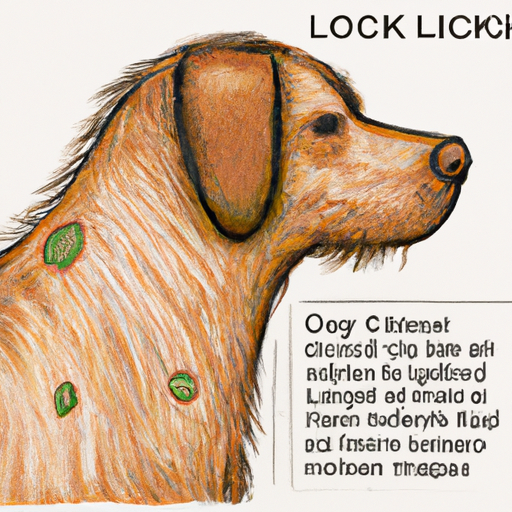As a dog owner, your pet’s health is likely a top priority. One common concern that many dog owners share is the potential for tick infestation. Ticks are not only bothersome pests, but they can also transmit dangerous diseases to your furry friend. Recognizing what ticks look like on dogs is the first step toward effective prevention and treatment.
Table of Contents
1. Understanding Ticks: An Overview
2. Identifying Ticks on Dogs
3. Common Tick Species and What They Look Like
4. Tick Prevention and Removal
5. Frequently Asked Questions
Key Takeaways
– Ticks can pose serious health threats to dogs.
– There are several species of ticks, each with its own unique appearance.
– Early identification and removal of ticks are crucial.
– Regular tick prevention measures can keep your dog safe.
Understanding Ticks: An Overview
Ticks are small arachnids that feed on the blood of mammals, birds, and sometimes reptiles and amphibians. They are ectoparasites, which means they live on the outside of their host’s body. As a dog owner, it’s essential to understand what ticks are and what they look like, as they can pose serious health risks to your pet.
Ticks are typically flat and oval-shaped before they’ve had a meal, but once they’ve fed on a host, they can become engorged and take on a more rounded appearance. They have eight legs, just like spiders, and their body size can range from as small as a pinhead to as large as a pencil eraser.
Identifying Ticks on Dogs
Ticks can attach themselves anywhere on your dog’s body, but they’re most commonly found around the ears, under the collar, between the toes, and in the groin area. They may appear as small dark specks on your dog’s skin or fur, or you may notice a small bump when you pet your dog.
To identify a tick, you’ll want to use a pair of tweezers or a special tick removal tool to gently remove the suspected tick for closer examination. Be careful not to squeeze or crush the tick, as this can cause it to release disease-causing organisms into your dog’s bloodstream.
Pro tip: For a comprehensive guide on tick removal, check out this tick removal guide from the Centers for Disease Control and Prevention (CDC).
Common Tick Species and What They Look Like
There are several species of ticks that commonly infest dogs. Here are a few examples:
- American Dog Tick (Dermacentor variabilis): This tick is brown with white or yellow markings. It’s most commonly found in the Eastern and Midwestern United States.
- Deer Tick (Ixodes scapularis): Also known as the black-legged tick, this species is dark brown or black and very small. It’s the primary carrier of Lyme disease.
- Lone Star Tick (Amblyomma americanum): This tick is brown with a distinctive white spot on its back. It’s most commonly found in the Southeast and Eastern United States.
For a visual representation of these ticks, visit the Tick Encounter Resource Center offered by the University of Rhode Island.
Tick Prevention and Removal
Preventing ticks from infesting your dog in the first place is the best approach. Regularly check your dog for ticks, especially after walks in wooded areas or tall grass. Use a tick preventive product recommended by your vet, and consider getting your dog vaccinated against Lyme disease if you live in a high-risk area.
If you do find a tick on your dog, it’s important to remove it as quickly as possible to minimize the chance of disease transmission. Use a pair of tweezers or a tick removal tool to grasp the tick as close to your dog’s skin as possible and pull straight out with steady pressure.
For more tips on tick prevention and removal, check out these articles on OneTopDog:
– Protecting Your Dog From Ticks
– Common Tick-Borne Diseases in Dogs
– DIY Tick Repellents for Dogs
Frequently Asked Questions
1. Can all ticks transmit diseases to dogs?
Not all ticks are disease carriers, but many species are capable of transmitting diseases like Lyme disease, Rocky Mountain spotted fever, and ehrlichiosis.
2. How can I prevent ticks on my dog?
Regularly check your dog for ticks, use a tick preventive product, and avoid tick-prone areas whenever possible.
3. What should I do if I find a tick on my dog?
Remove the tick as soon as possible using a pair of tweezers or a tick removal tool, being careful not to squeeze or crush the tick.
Understanding what ticks look like on dogs and knowing how to prevent and remove them can go a long way in protecting your furry friend from these dangerous pests. Stay vigilant, keep up with regular tick prevention measures, and consult your vet if you have any concerns.



